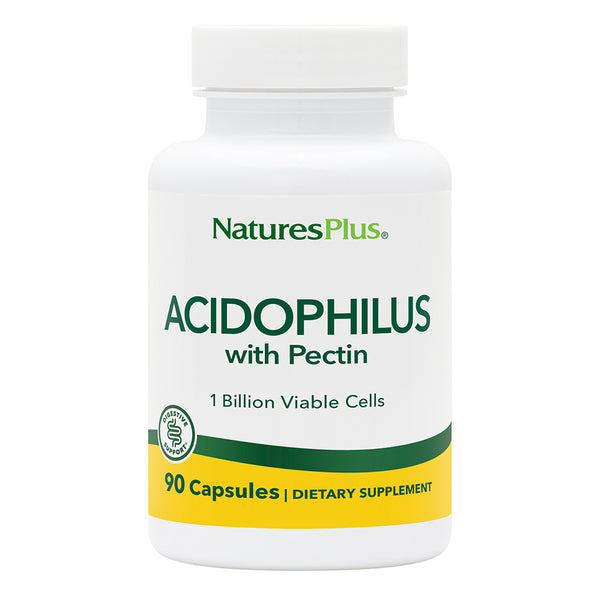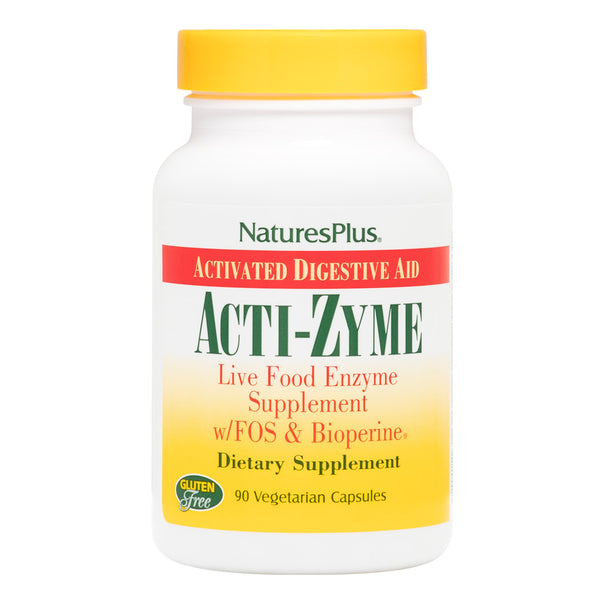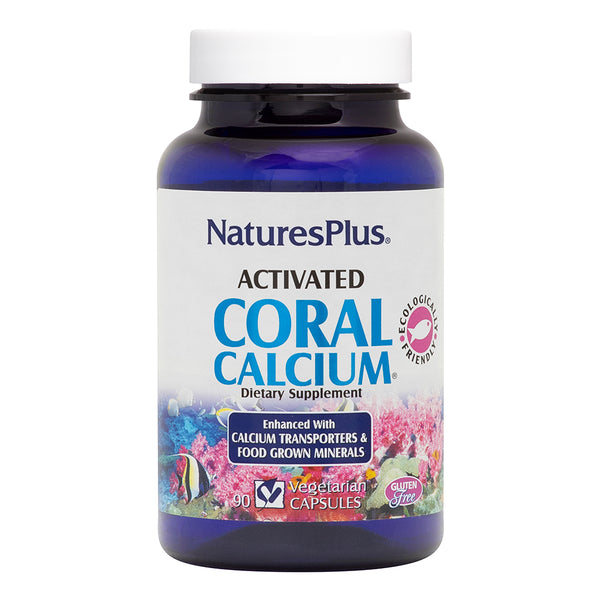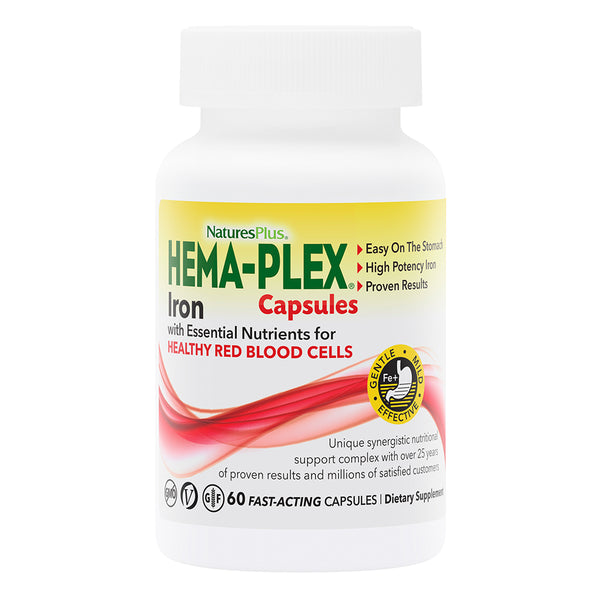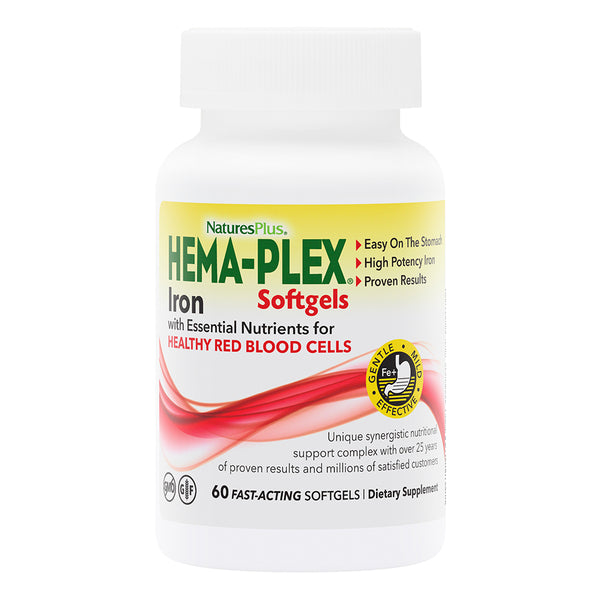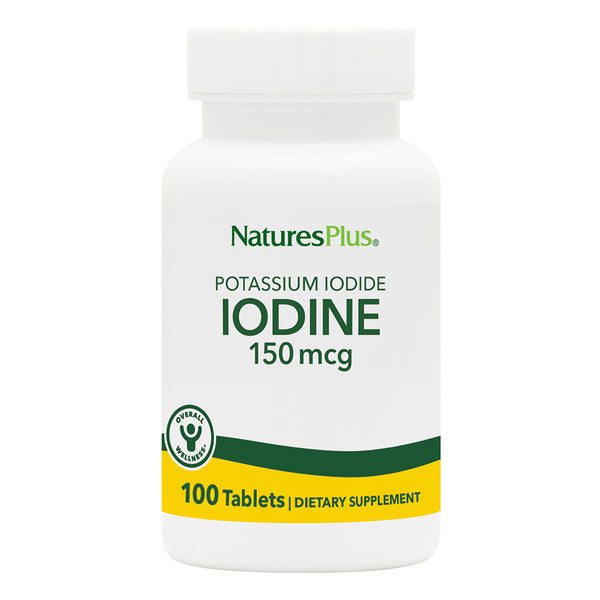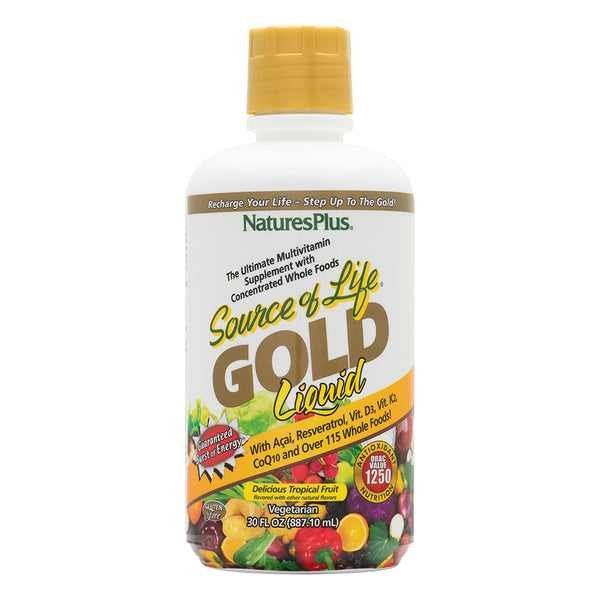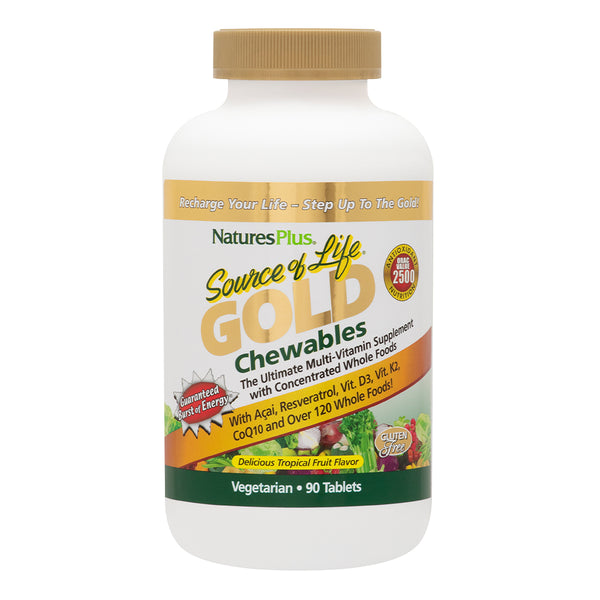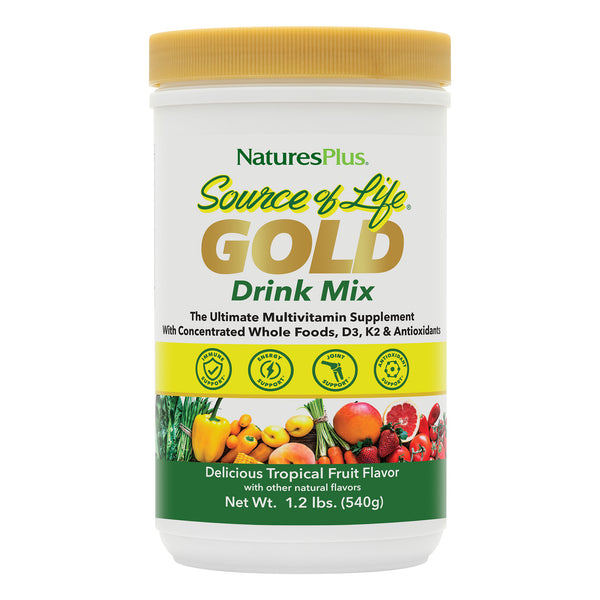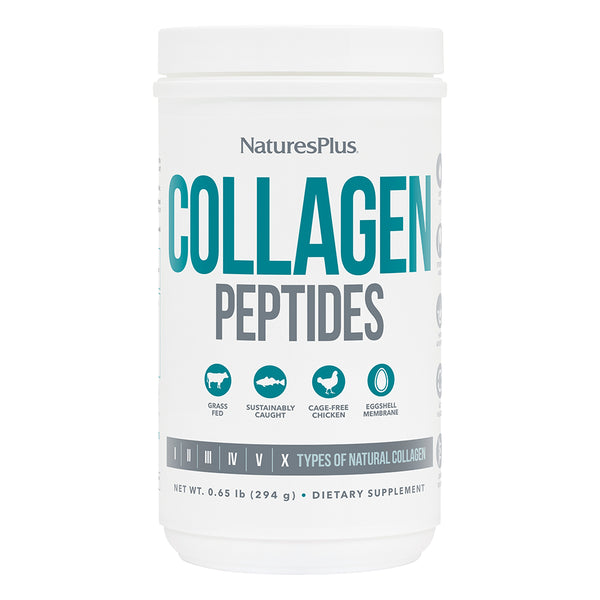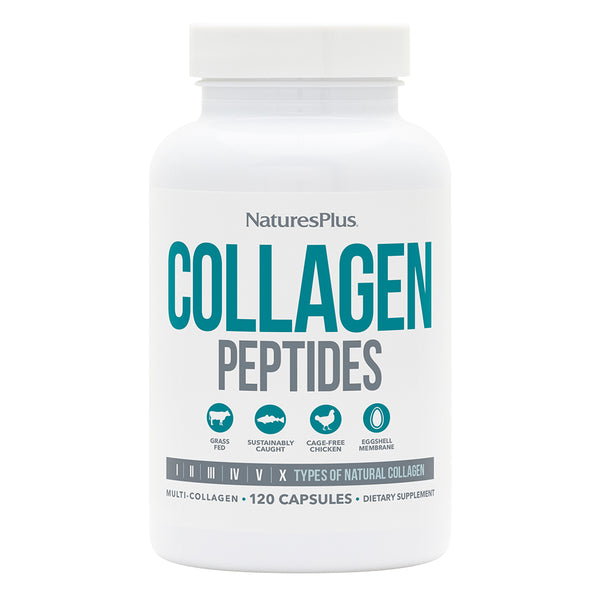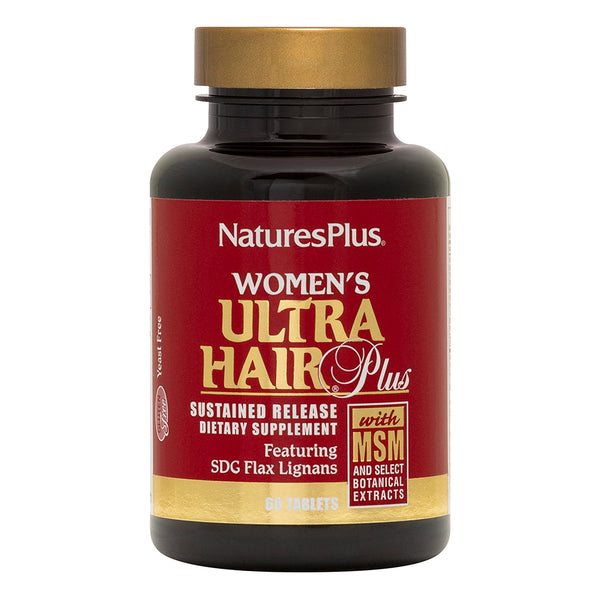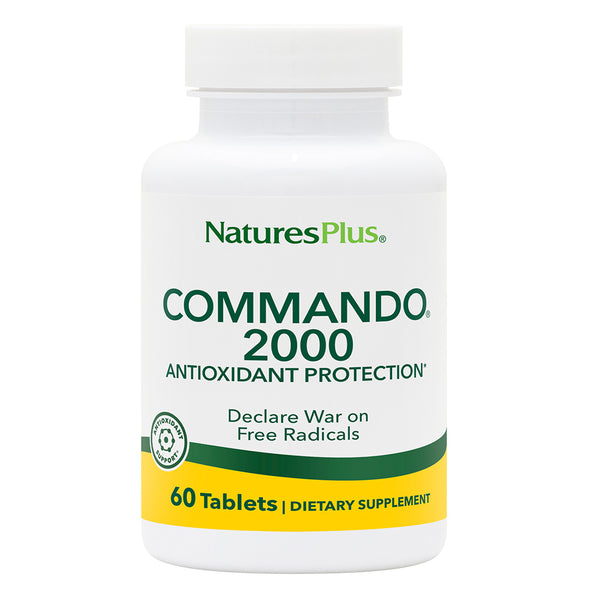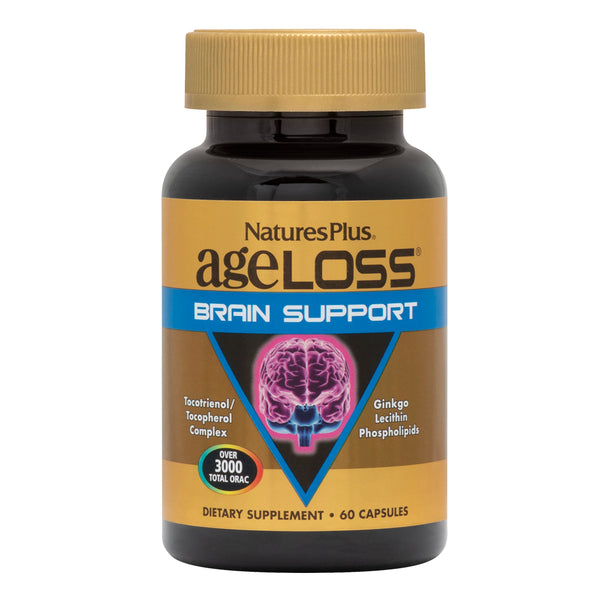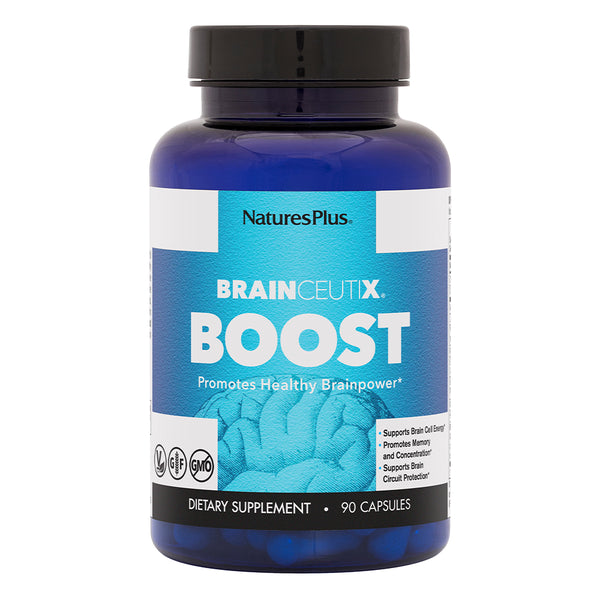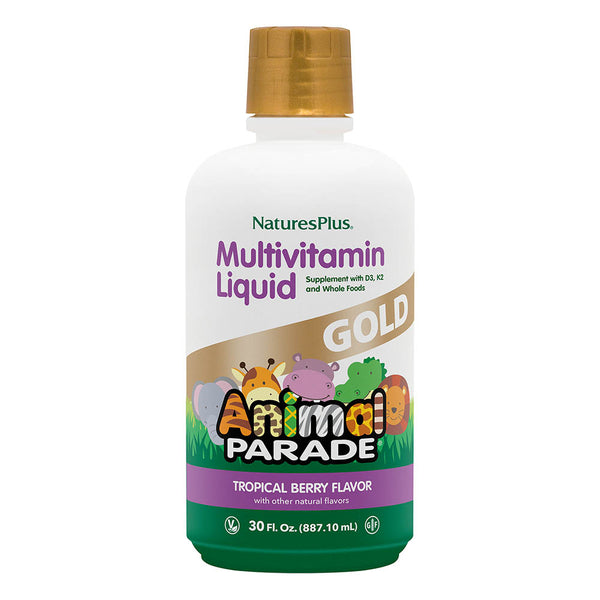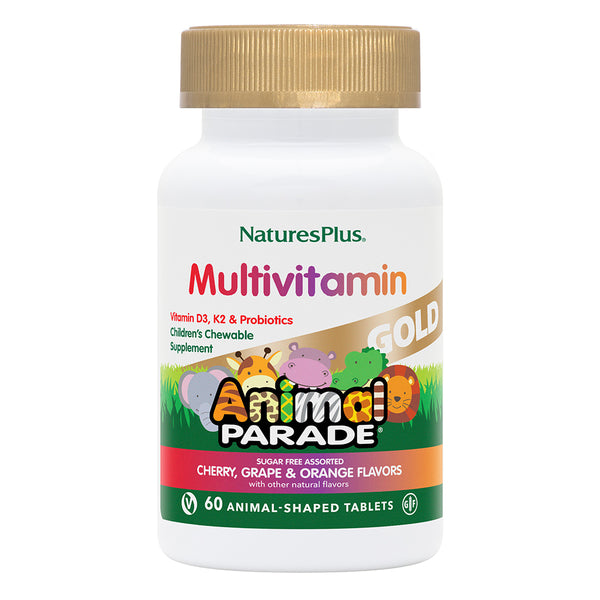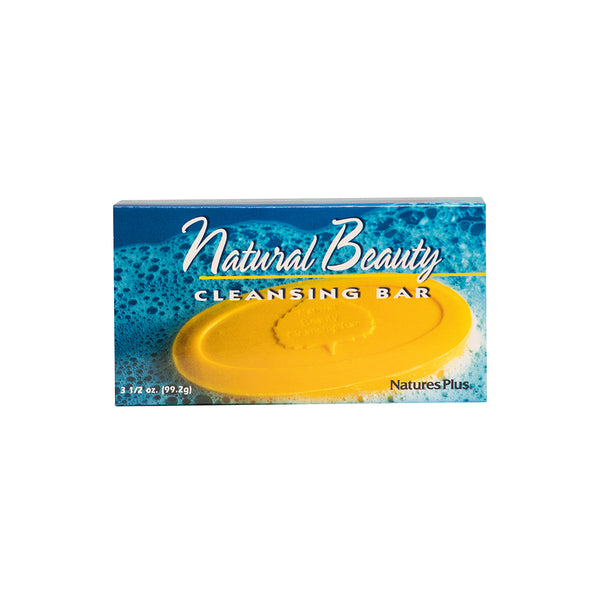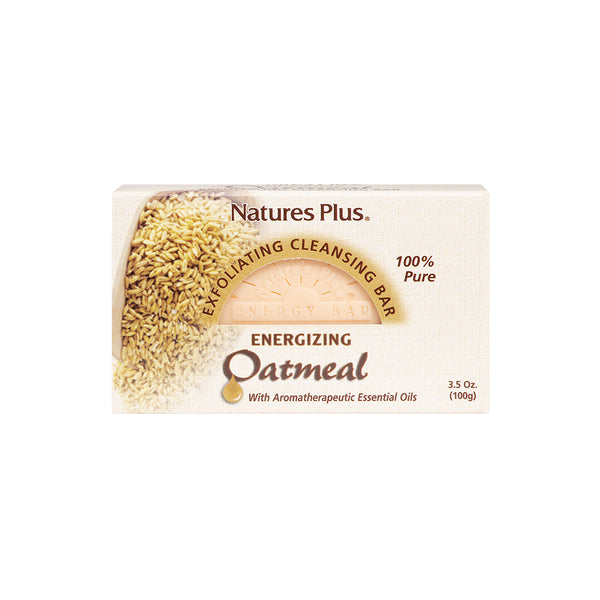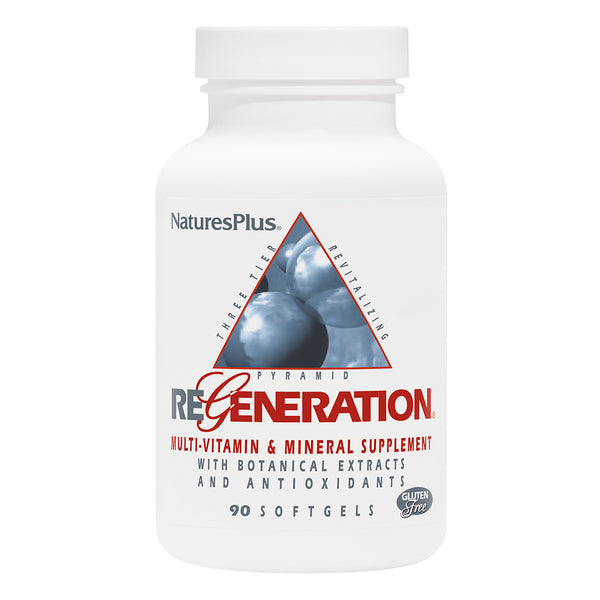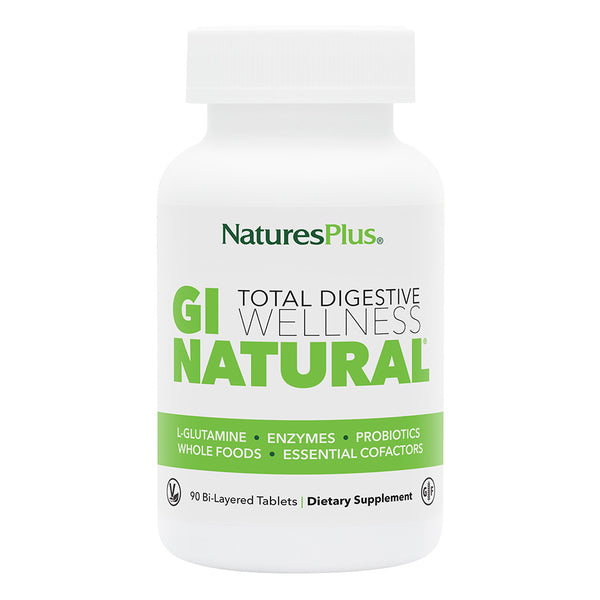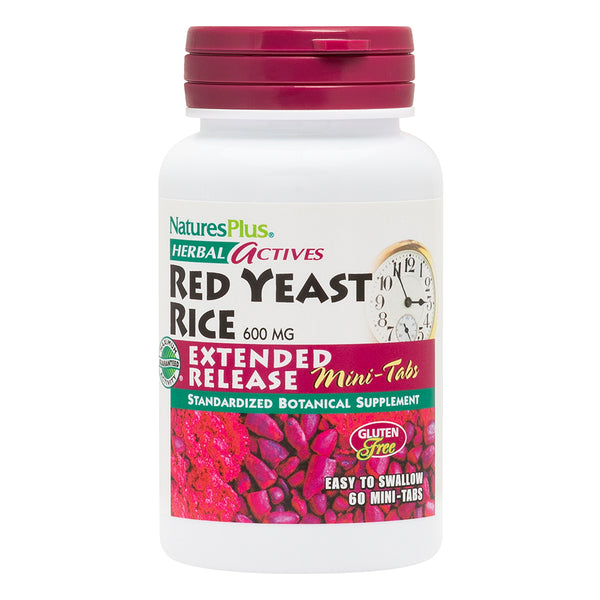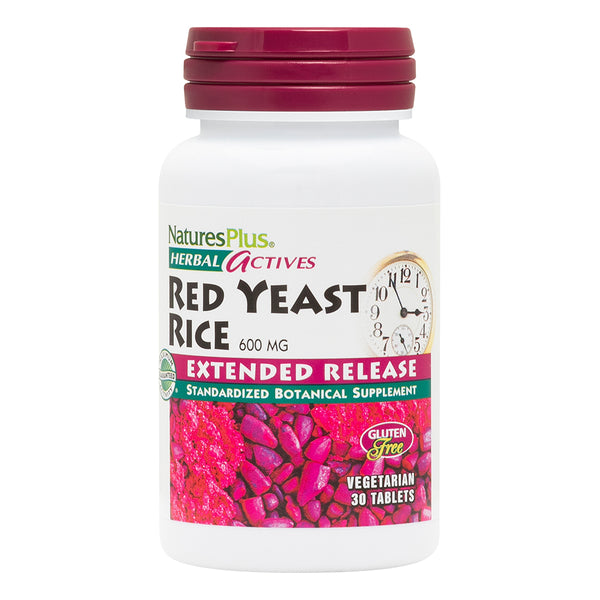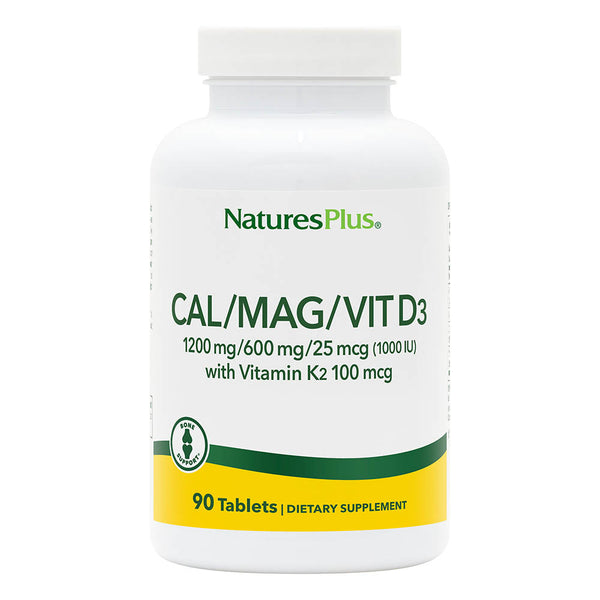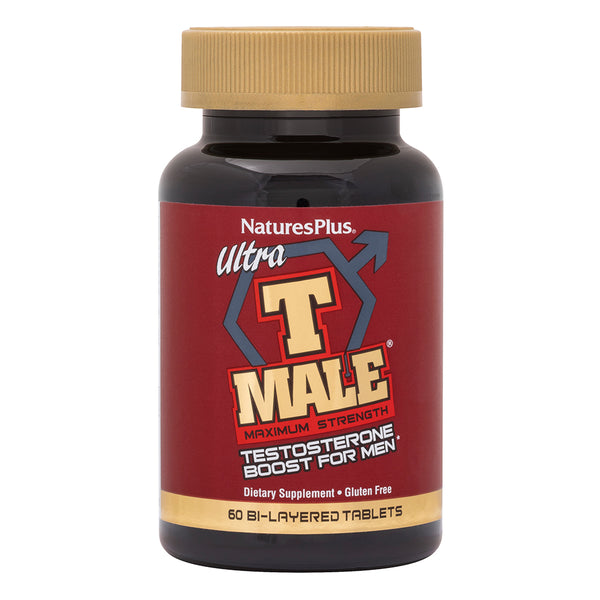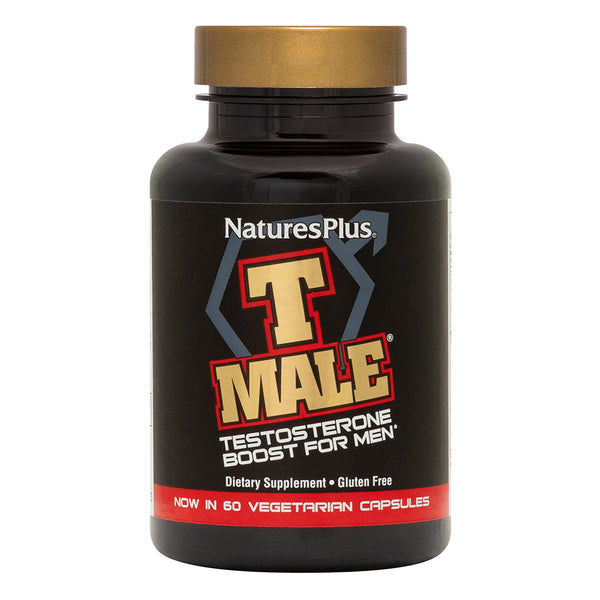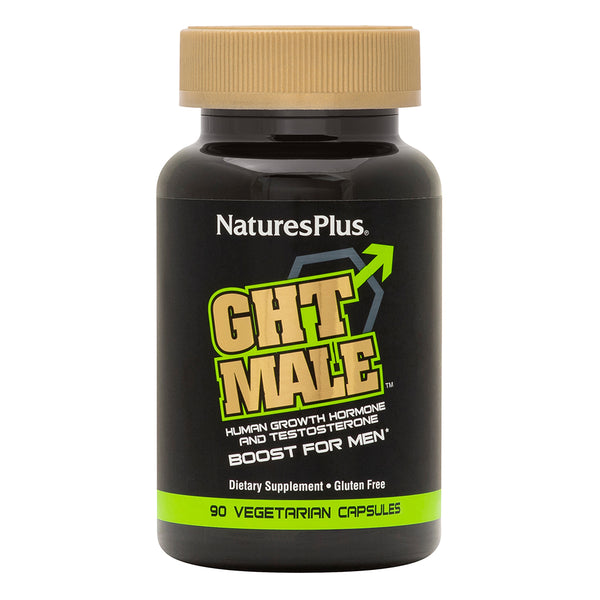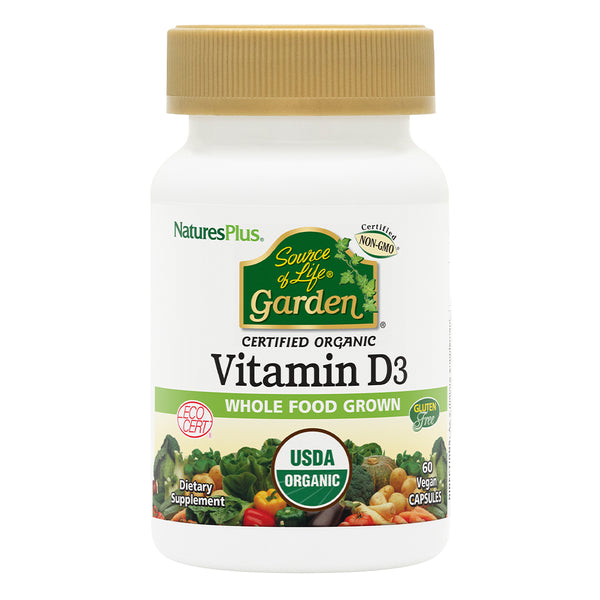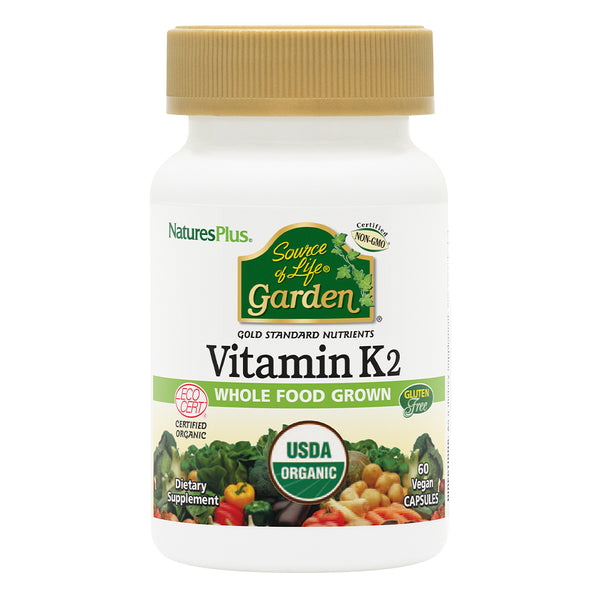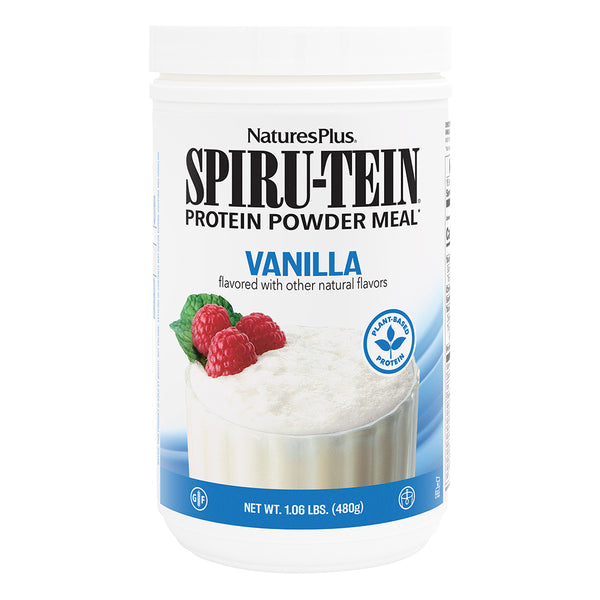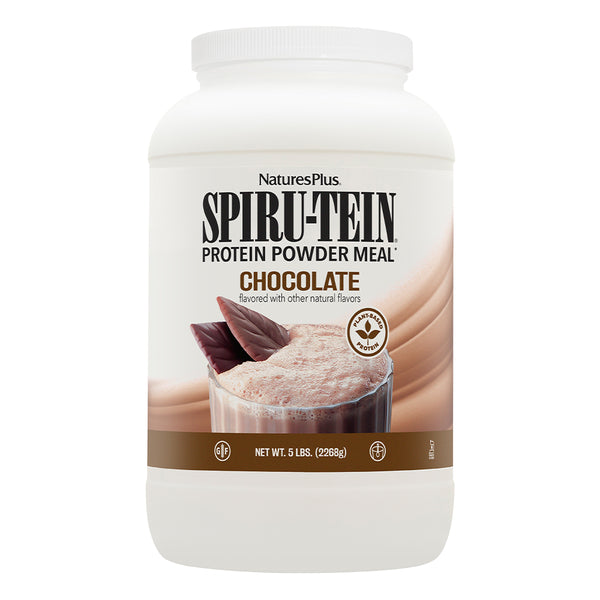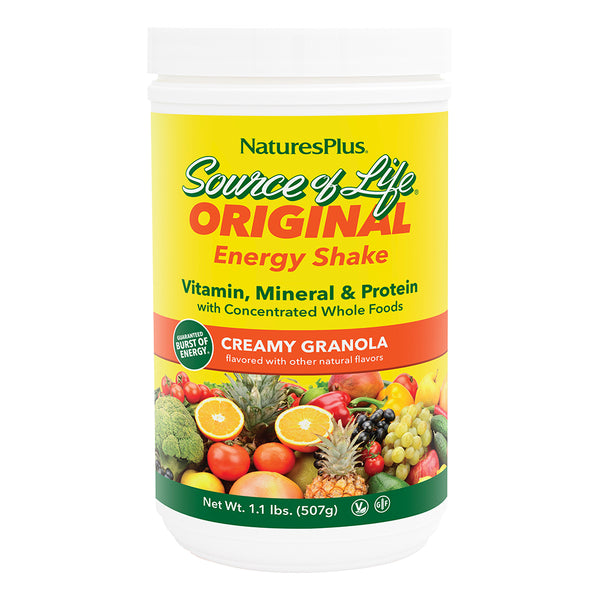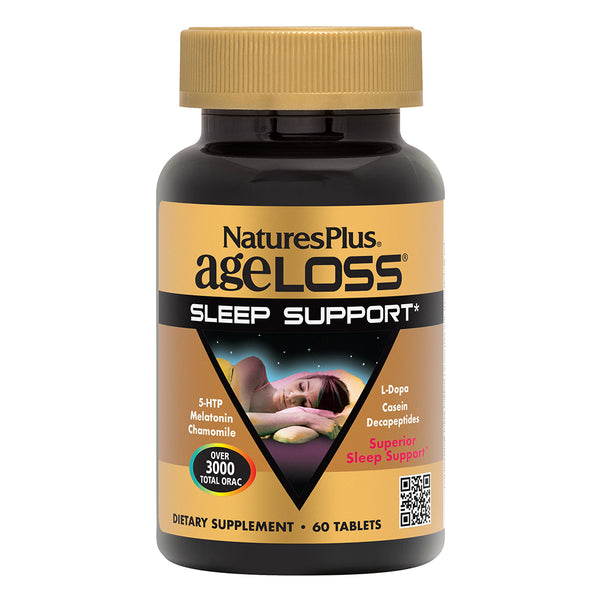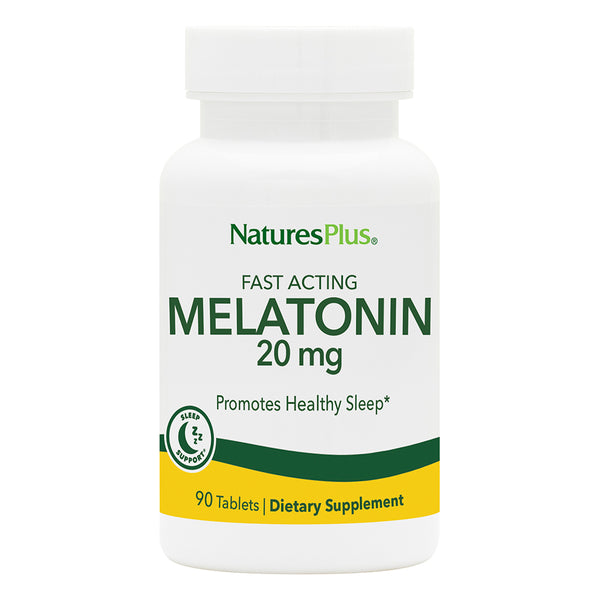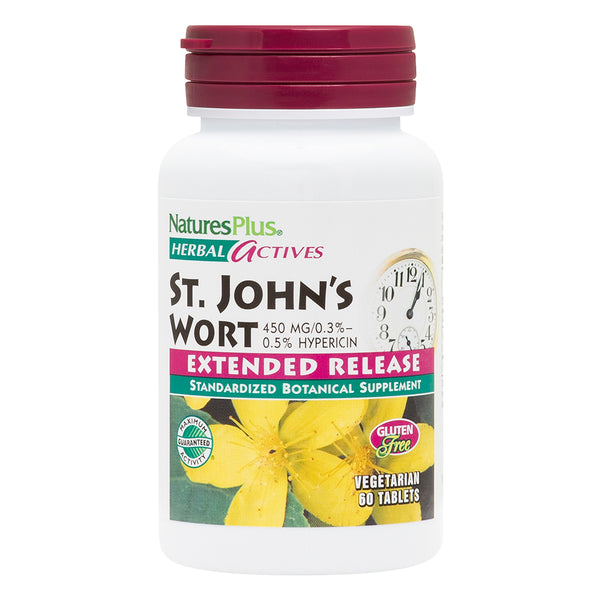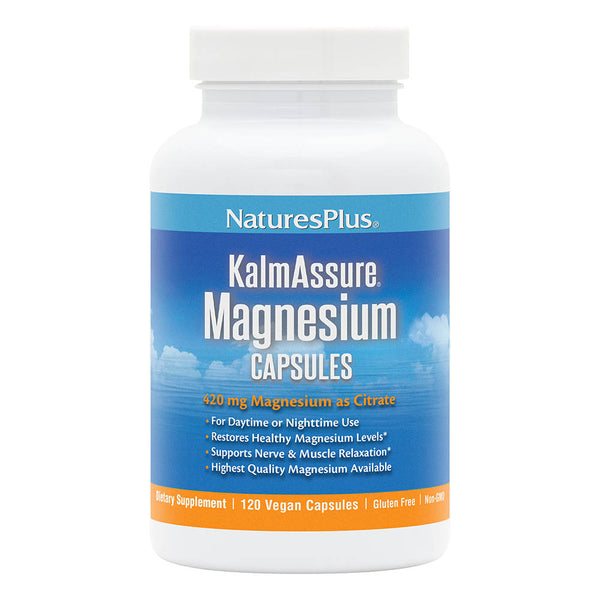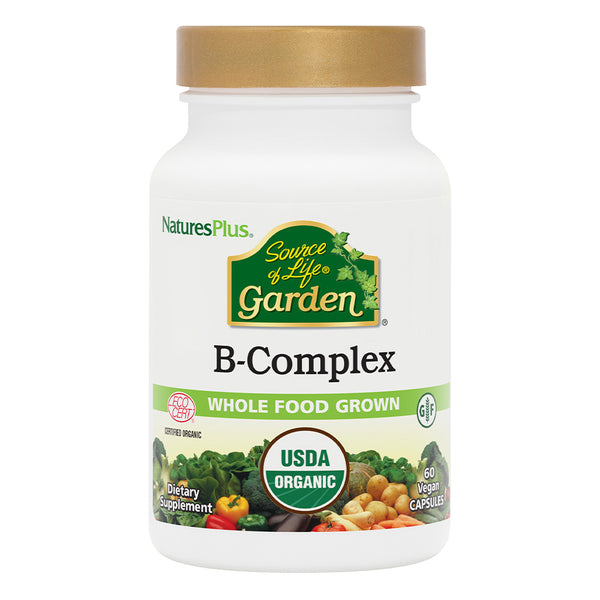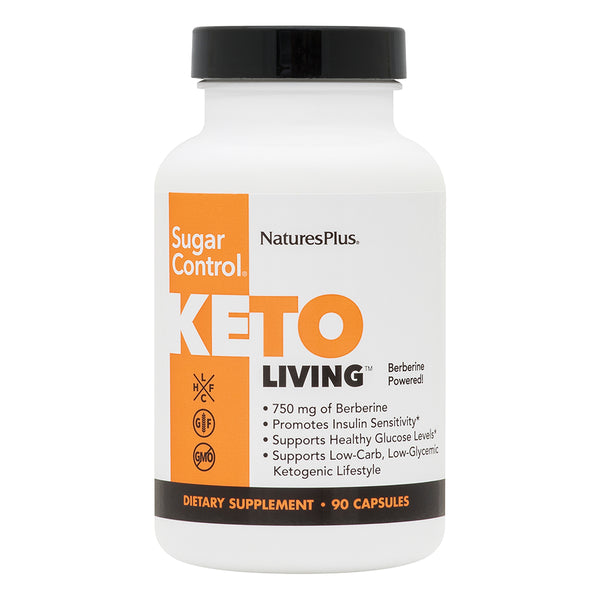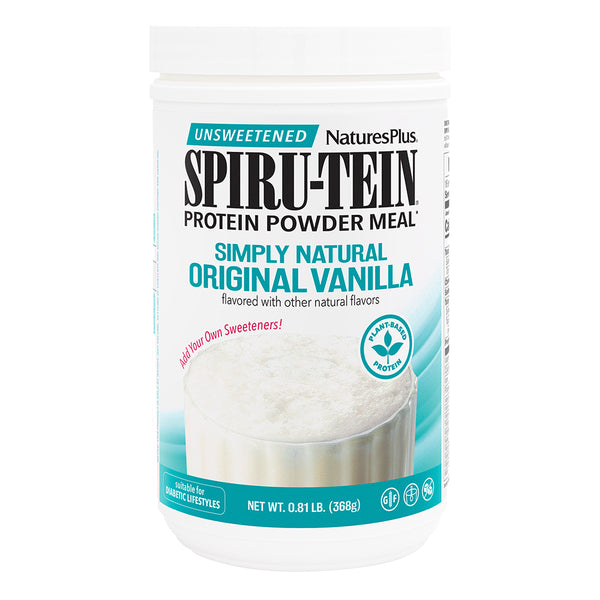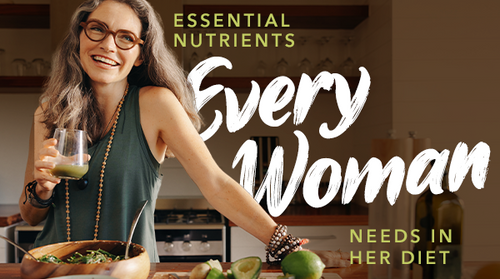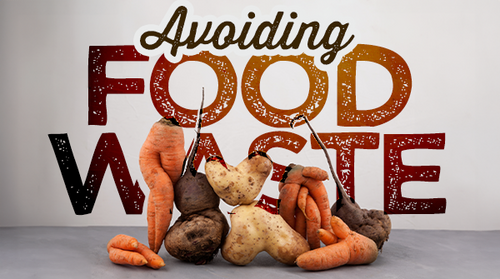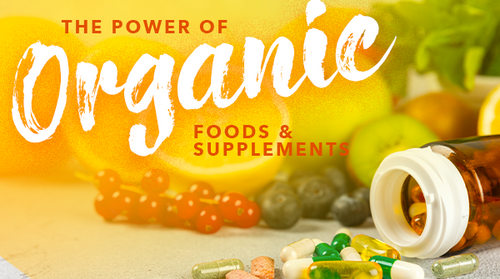You can eat the most nutritious diet available...but your body needs to be able to break down that food and get those nutrients into your bloodstream for those healthy meals to do you any good.
The key to maximizing nutrient absorption often lies in what and how you eat (along with your overall state of digestive health). Here are a few simple ways to help you get the most out of the food you eat.
Eat More Slowly
Racing through meals while trying to do a dozen other things at once doesn’t do your GI tract any favors, especially since it means you’re probably not chewing your food properly.
Digestion actually begins in the mouth, where enzymes begin breaking down your food as you chew; the more you chew, the easier food becomes to digest.
What’s more, a more leisurely approach to meals is less stressful—and stress may also inhibit nutrient absorption.
Add Healthy Fats to Your Meals
Some nutrients, including vitamins A, D, E and K, are fat-soluble, meaning they need to be eaten with a healthy source of fat before they can be absorbed.
One of the best examples: Cooking tomatoes, which contain a nutrient called lycopene, in a little bit of olive oil in order to make the lycopene more absorbable.
Other healthy fat sources include avocados, fish, nuts and seeds.
Eat More Fermented Foods
Cultures around the world have come up with their own fermented favorites, from Korea’s kimchi to Europe’s sauerkraut, to help preserve food and to enliven dishes with a distinctive tang. Other fermented foods include kefir, miso, sourdough bread and yogurt as well as traditional dill pickles.
Today, we know that such foods containprobiotics, healthy microbes that aid digestion.*These statements have not been evaluated by the Food and Drug Administration. This product is not intended to diagnose, treat, cure or prevent any disease.
Quick pickles, made by pouring hot vinegar over cucumbers or other vegetables, are not fermented pickles, which you’ll generally find in the refrigerated section of the store.
Add Citrus to Iron-Bearing Plant Foods
The iron found in meat and other animal-based foods is relatively easy for the body to absorb. Plant-based iron...not so much.
That’s why it’s a good idea to pair plant foods that contain iron, such as mushrooms or spinach, “with a source of vitamin C,” says Amy Gorin, RDN, of Amy Gorin Nutrition in New York City. The vitamin C helps break the iron down into a form that the body can more easily absorb.”
For example, add a squeeze of lemon to a spinach salad or cook mushrooms with bell peppers.
Enjoy Rice and Beans…and Other Protein Pairings
In a sense, the situation with plant-based proteins is a little similar to that of plant-derived iron.
Animal-based proteins arecomplete; that means they contain all the protein building blocks, known asamino acids, the body needs to build its own proteins.
On the other hand, the proteins found in such plant foods as beans, grains, nuts and vegetables areincomplete, meaning no one food contains a complete set of amino acids. (Soybeans, which provide complete protein, are an exception.)
The idea is to put incomplete vegetable proteins together. Rice and beans is only one such pairing; Gorin also cites “hummus and whole-wheat crackers, quinoa and corn, and whole-wheat bread and peanut butter.”
You don’t have to eat these proteins together at every meal; the idea is to get a variety of proteins throughout the day.
Eat Sources of Calcium and Vitamin D Together
Foods that should be eaten at the same meal: Those that contain calcium and those that contain vitamin D, which helps the body absorb calcium.
Vitamin D is found in oily fish, such as herring, mackerel, salmon and sardines, as well as mushrooms and egg yolks; some foods, like breakfast cereals, milk and orange juice, may be fortified with D. (If the weather permits, consider eating outside, where your skin can manufacture its own vitamin D.)
Milk also contains calcium, which is additionally found in other dairy foods, green leafy vegetables, sardines and white beans.
Eat the Freshest Food Possible
You know that really fresh fruits and vegetables—as in those you raise yourself or buy from local growers—taste great. But researchindicates that fresh produce also contains more nutrients than food that has sat around for a while.
So get started on that garden plot and frequent your local farmers market!
Grind Your Own Black Pepper
Believe it or not, black pepper was once a valuable trade commodity, as Europeans learned to enjoy its pungent flavor and aroma. That bite comes frompiperine, a compound linked to healthy digestion.*These statements have not been evaluated by the Food and Drug Administration. This product is not intended to diagnose, treat, cure or prevent any disease.
For best taste and benefits, skip the pre-ground stuff and grind whole peppercorns at the table.
Like this article? You’ll love our weekly newsletter
sign up here!
**These statements have not been evaluated by the Food and Drug Administration. This product is not intended to diagnose, treat, cure or prevent any disease.
